Memory Chimchele
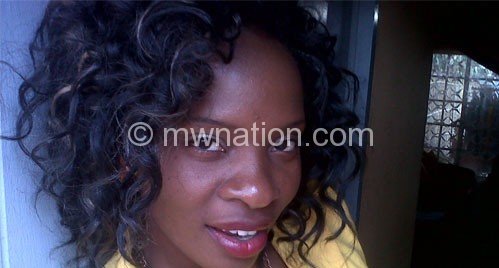
Memory Chimchele is a designer who has been her own identity using African prints to bring about infusion extraordinaire. She prides her creations to colour coordination and a creative mind. She is a force to reckon with as she dresses the country and across borders. She talks to Caroline Somanje.
Tell me about yourself.
I am the last born in a family of four; two boys and two girls. I come from Ntcheu, Wanyemba Village Traditonal Authority (T/A) Kwataine. I am a born again Christian who believes God is my greatest inspiration. I like to think of myself as a fashion designer with a difference. My label is called Divayn, derived from the word divine.
This is a God given talent as I have never been to a designers’ school. I did my primary school at Manja and high school at Seisen International School in Japan. I came to finish studies in Malawi in 2006 at Elma and St. Patricks Secondary Schools.
What can you say about fashion?
It is the art of designing, bringing into reality clothes and accessories that enhance the looks of a woman/ man to fit their personality or style. It is involves intellectual property and selling ideas. I have heard and learned that ideas rule the world; that there is nothing new under the sun, especially in fashion. It is often said that fashion fades, only style remains the same. Fashion is what the designers offer the market, style is the outward expression of a person, which is demonstrated by choice from what is offered.
What is your specialty?
Divayn has worked on both male and female designs, specialised in women. We make skirts, dresses, trousers, jackets, tops, special occasion dresses for weddings and engagements. These outfits come with complimentary accessories such as bangles, purses, earrings, shoes coated with African printed wax and handbags. We also make men’s shirts, suits and their accessories such as bowties and pocket squares.
How do you bring your designs to life?
I seem to relate a lot more with designs by Christian Dior with the daring and colourful spirit of Elsa Schiaparelli. My process of designing begins mostly from the minute my eyes see colour in anything around me, particularly fabric.
My mind and spirit goes before the work. I will first pray, asking God for inspiration. As ideas begin to flow, I visualise the finished product; the details, including the kind of person I would want to make the outfit for. I develop a sketch to illustrate that image. I then add colour and look for fabric that would perfectly work with the design, though sometimes its vice-versa. Then I come together with my tailors and begin to communicate the sketch. That is how Divayn designs come to life.
What inspired you to go into designing?
I discovered my gift, my purpose for existing. I sincerely believe that your gift makes you unique. A footballer is unique because of his legs, musicians, their voice and so on. It is only when you discover yourself that you begin to question the status quo. You find a problem looking for a job, you think of creating jobs. You stop complaining about the government not helping you by being part of the solution. Imagine what would happen if I chose to sit behind a desk all my life? The people that Divayn has dressed would not have their solution. Simply put, when you discover yourself, you become unstoppable.
What is your customer base?
Our clients are mostly individuals. They include nurses, students, choirs, musicians and the working class. We are yet to expand into the corporate world. Though we are located in Blantyre, our clients are widely spread as far as Chiradzulu, Thyolo, Chikhwawa, Lilongwe, Mzuzu and South Africa.
When did you start and how many designs have you produced?
Divayn was established in July 2012. We have not officially launched as a fashion brand, but there has been tremendous progress. We have produced more than 200 designs for both men and women.
Do you have models?
Divayn has worked with a number of models and will continue to work with more as the work expands. So far, we have worked with more than 15 models, some of which we met during the Fashion Malawi Edition (FAME) and Malawi Fashion Week 2013.
Where do you operate from?
We are currently operating from Nkolokosa, Blantyre but have also recently opened a shop along Soche Road near Winner’s Chapel (Lexo Service Centre premises) and we are still expanding by the grace of God.
What have been your greatest achievements?
I wouldn’t really call them “greatest” since we are still growing. Nevertheless, the growth and market share that the business has acquired through the support of our satisfied clients and some other mediums of marketing and advertising such as newspapers and social media have helped. Divayn has dressed Malawi Television presenters. It has collaborated with Dorovee, a fashion brand that specialises in accessories.
Any setbacks?
No. Someone once told me that: “nothing you have been through shall be wasted”. In my life and business, I have come to translate the mistakes, challenges and all hiccups that come with life into stepping stones of success. It is how character develops. It is how great men and women are made, even entrepreneurs.
Every entrepreneur has a story to tell. The challenges most of the times are similar. There are times when people you expect to believe in you and offer support, don’t, because they do not understand the vision. You come to a point of giving up, being convinced that it might not work. But champions in life have the muscles of discipline, diligence and determination. When the times get tough, you get tougher than the times. If you are a visionary, you see the end before you get there. My passion for fashion gives me the drive to be persistent until the picture I have in my spirit is fully manifested in the physical.
How do you rate designing and modeling in Malawi?
I would say the fashion and modeling industry is between the early stages of introduction and growth. There is great potential but it requires support from both the public and private sector, especially the government. It would be an exceptional development for example, if the University of Malawi would offer a degree course in Fashion Designing. This investment would not only enhance the industry, but also nurture many young entrepreneurs and in the process, creating employment. This would result in automatic enhancement of the tailoring industry, which is usually not considered of great importance. It is, however, of extreme importance to us designers. Such changes I believe would therefore improve the economy and Malawi will not fall under “poor countries” because it is not.
Does Malawi have a chance on the global Fashion market?
Malawi has more than chance. The global fashion market is increasingly in need of African print designs. That is a market niche that can be filled with more than one designer. You see, even if the wax is printed in London, it will still take an African to give it life because the work is an expression of culture, lasting ideologies and life.
Fashion designers are a composition of different personalities. This is what I find beautiful and it energises me to work with other designers. Divayn designs are a reflection of me. CathyK is a reflection of Cathy Kamthunzi. Lily Alfonso, and so on. I find it impossible to compare the work and say one is better because the wide range of market has different needs. That is exactly comparing a glass table with a wooden one. Designers in Malawi have to collaborate and work together to boost the industry and give the market a wide range of work. If this can happen, then the global market can easily be accessed and eventually dominated. It is a very straight forward principle.
How do you rate the competition of designers in Malawi?
The fashion design industry is and will always be highly competitive. Every design is a work of art so the pricing is on the higher side. The cost of production is high because the labour is now distributed between the tailor and the designer. It all depends on who the designer has chosen to dress; that is, market segmentation.
The other challenge is customers taking your designs to produce with a cheaper tailor. On the other hand, it is a positive outcome because it shows that designers are indeed setting trends in the fashion industry.
Finally, the ever changing fashion trends for women can also be a challenge if the capacity is not well built. As fashion quickly fades, it is demanding to keep up with new designs while simultaneously delivering in other areas. But then again, a challenge is only a problem if you grab it by the blade; if it is by the handle, it is not so bad.
What are your plans?
To collaborate with more designers, including international designers. We look forward to working with the Ministry of Trade to improve resource development, which will make the work easier. This also means working with companies such as Mapeto in fabric design projects so that the need for importing higher quality and uniquely designed fabric is reduced. This is what makes our work appear to be more costly.


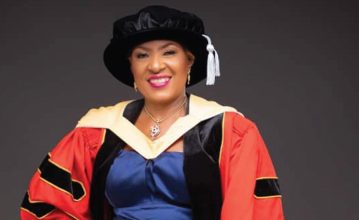
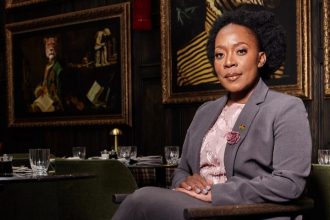
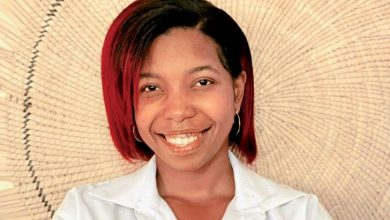
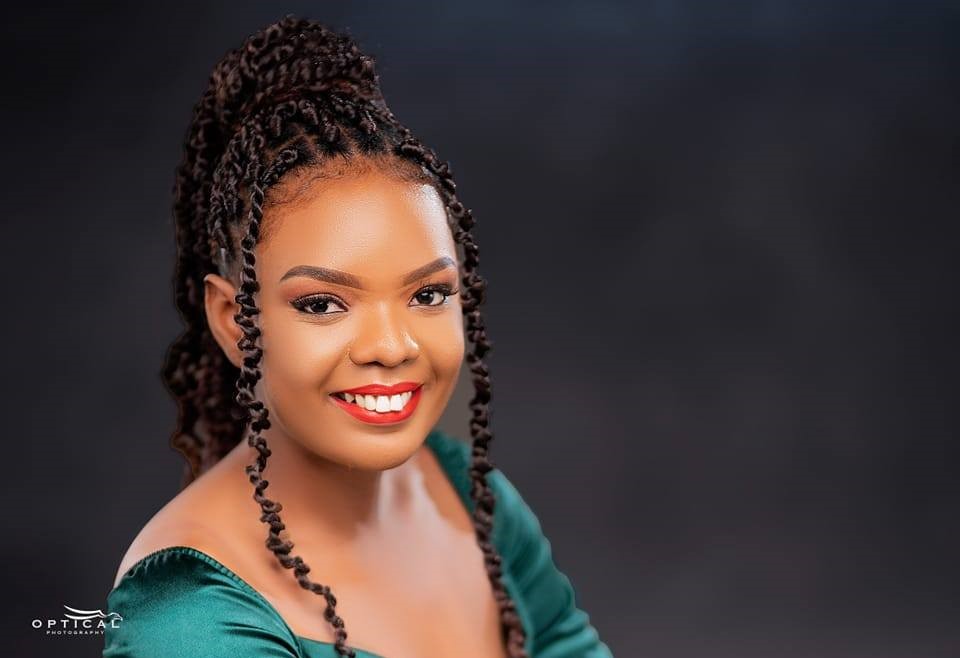
Come on Sister we proud of you.